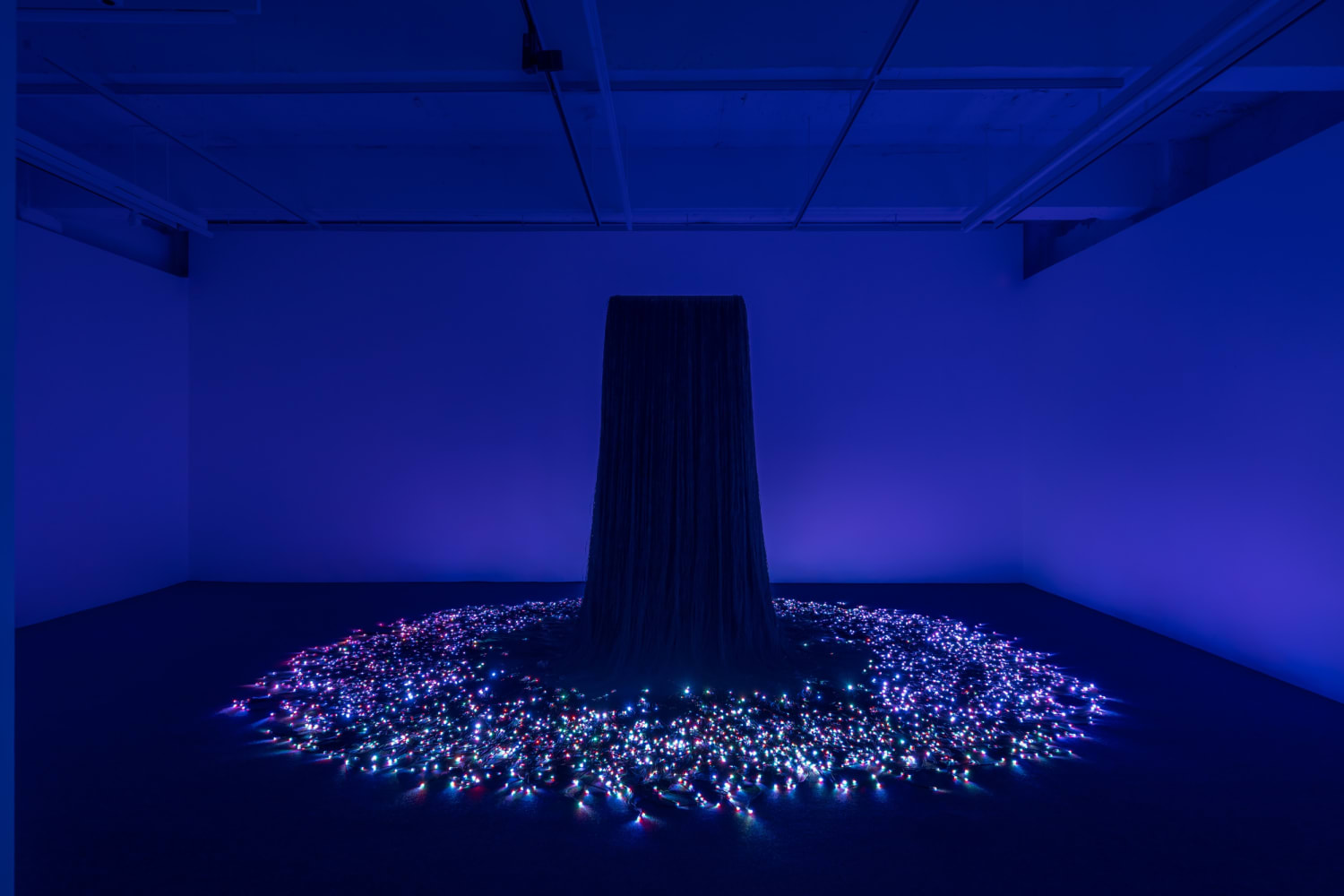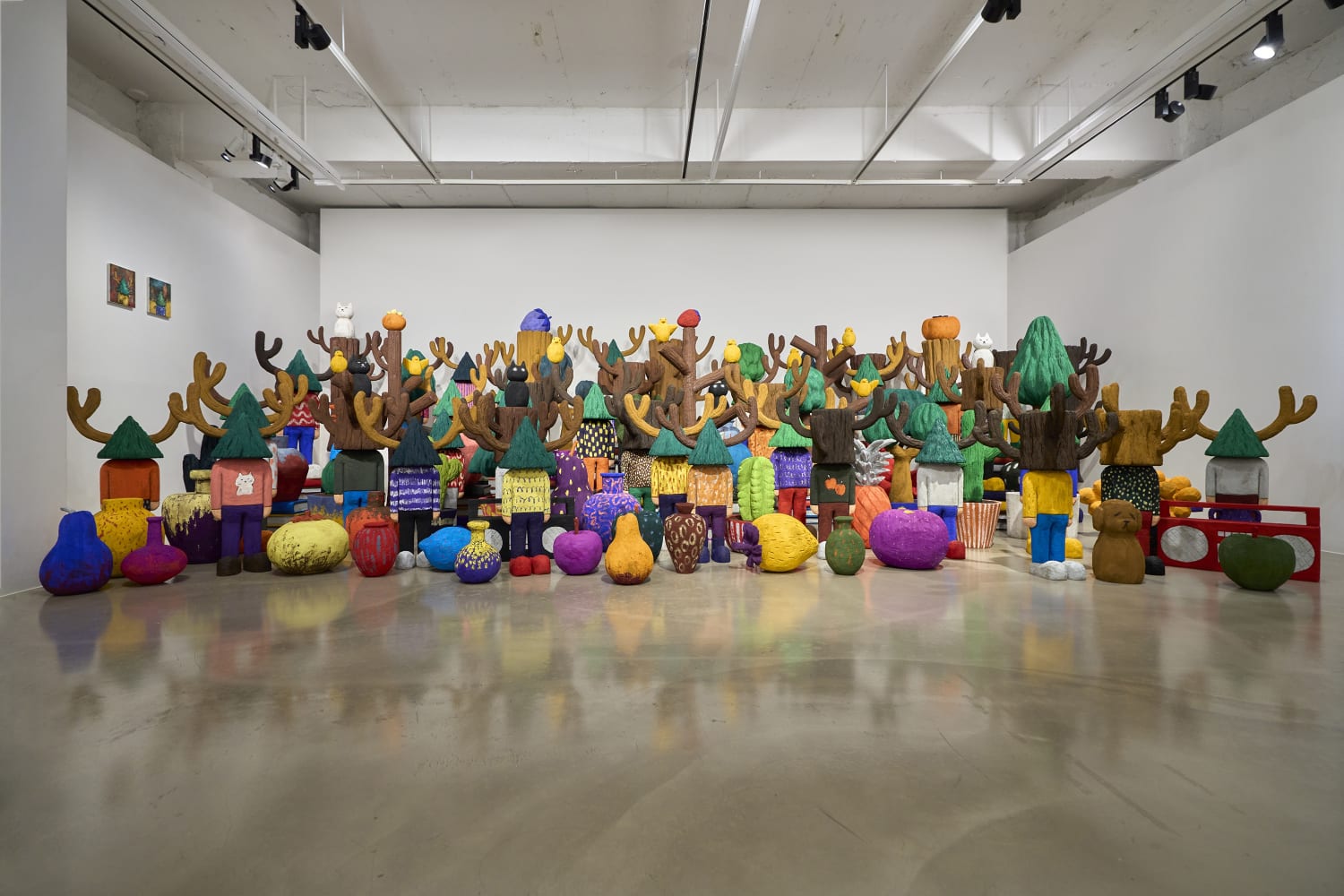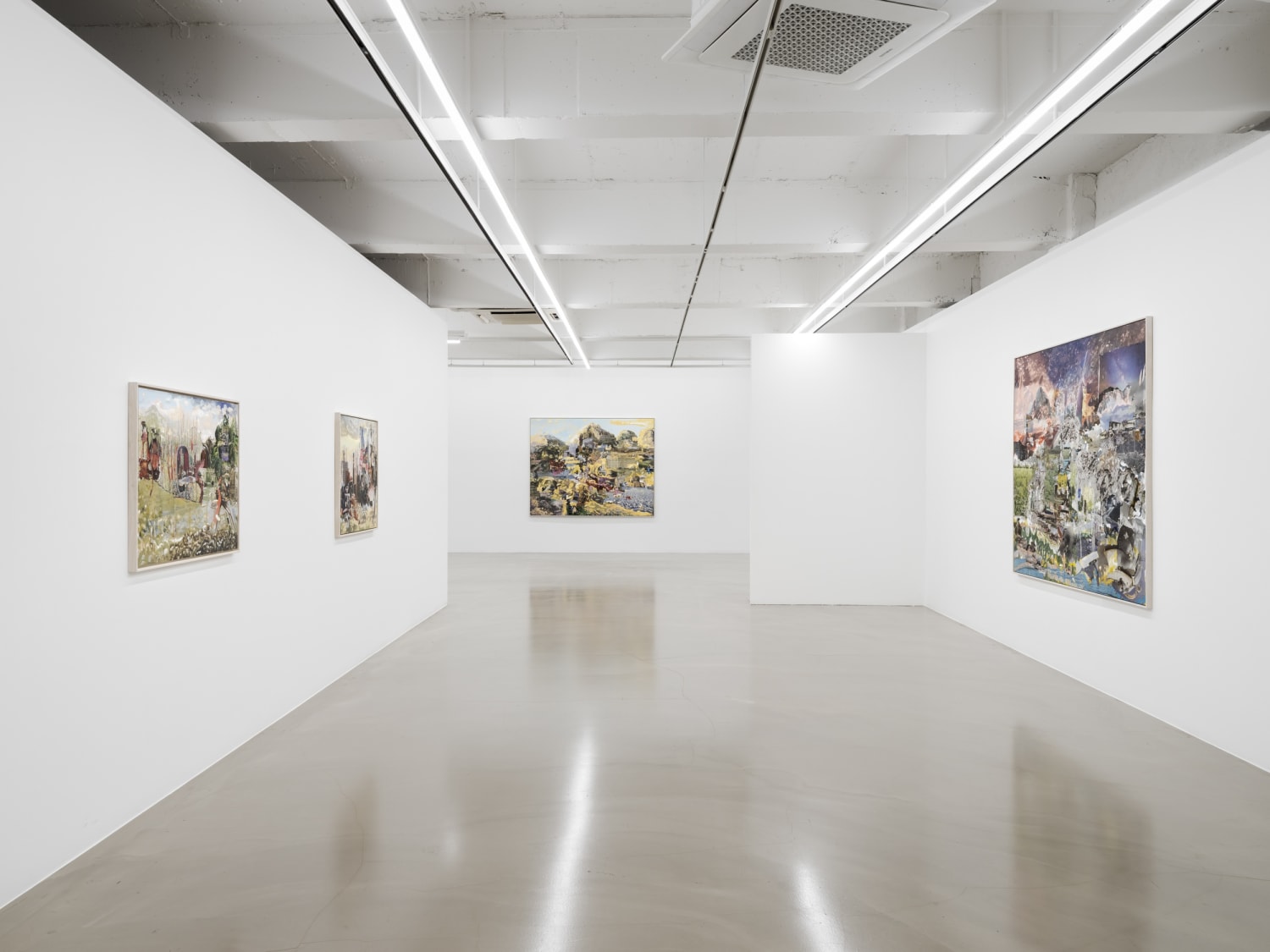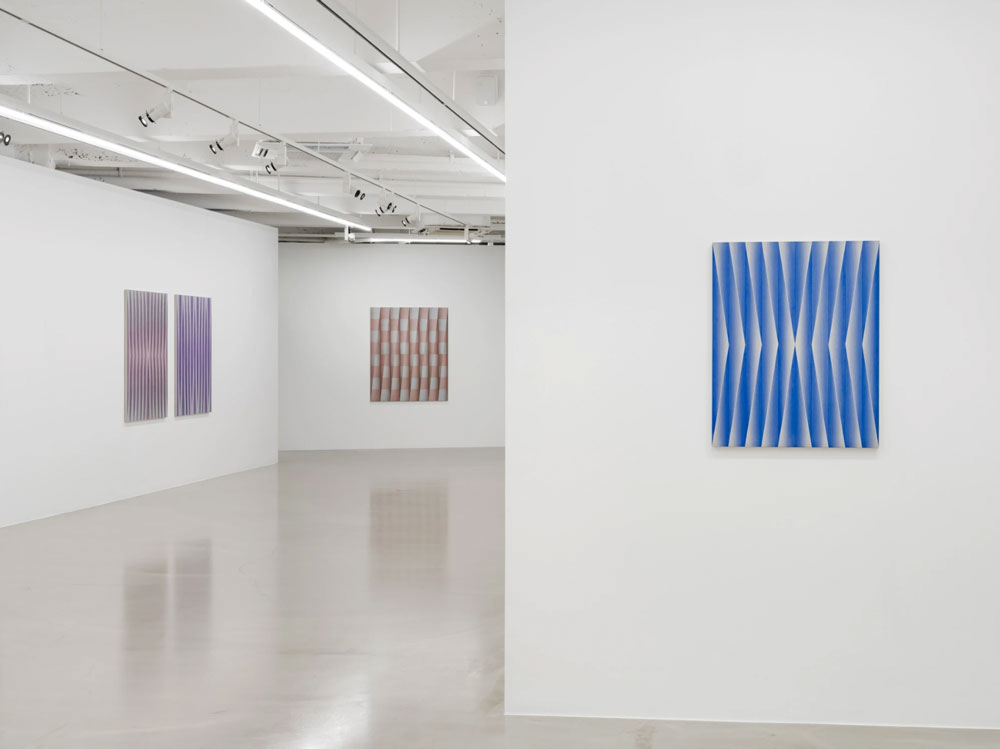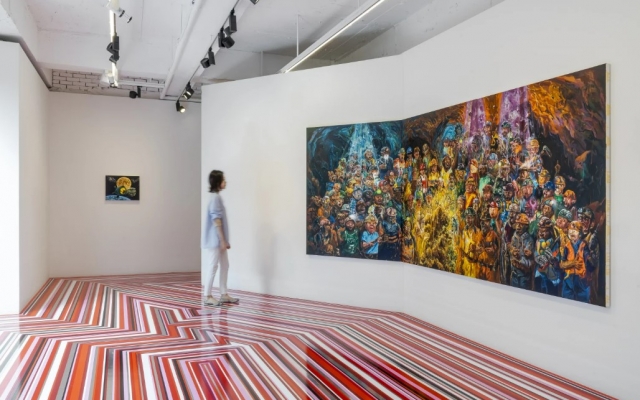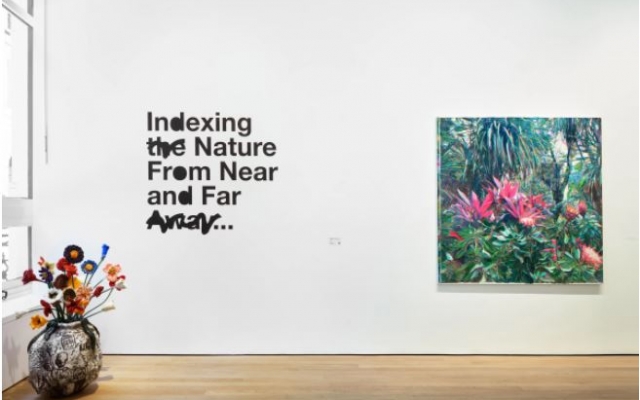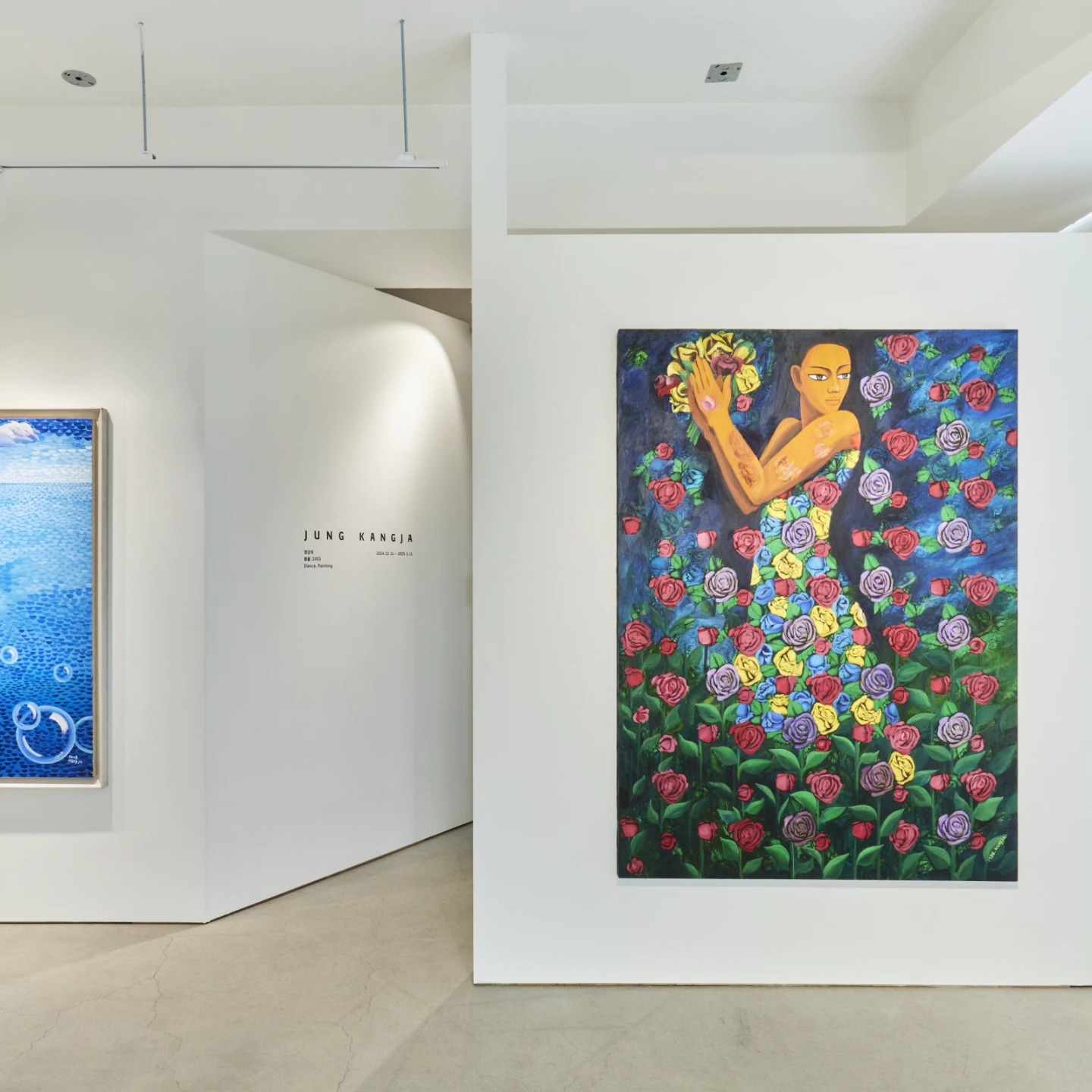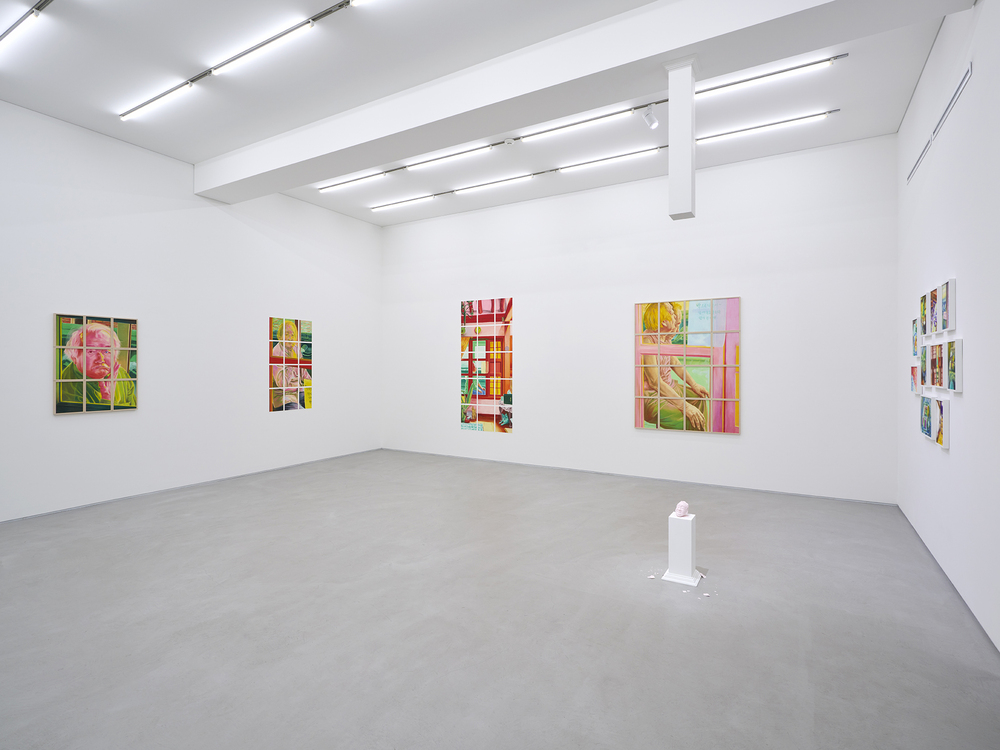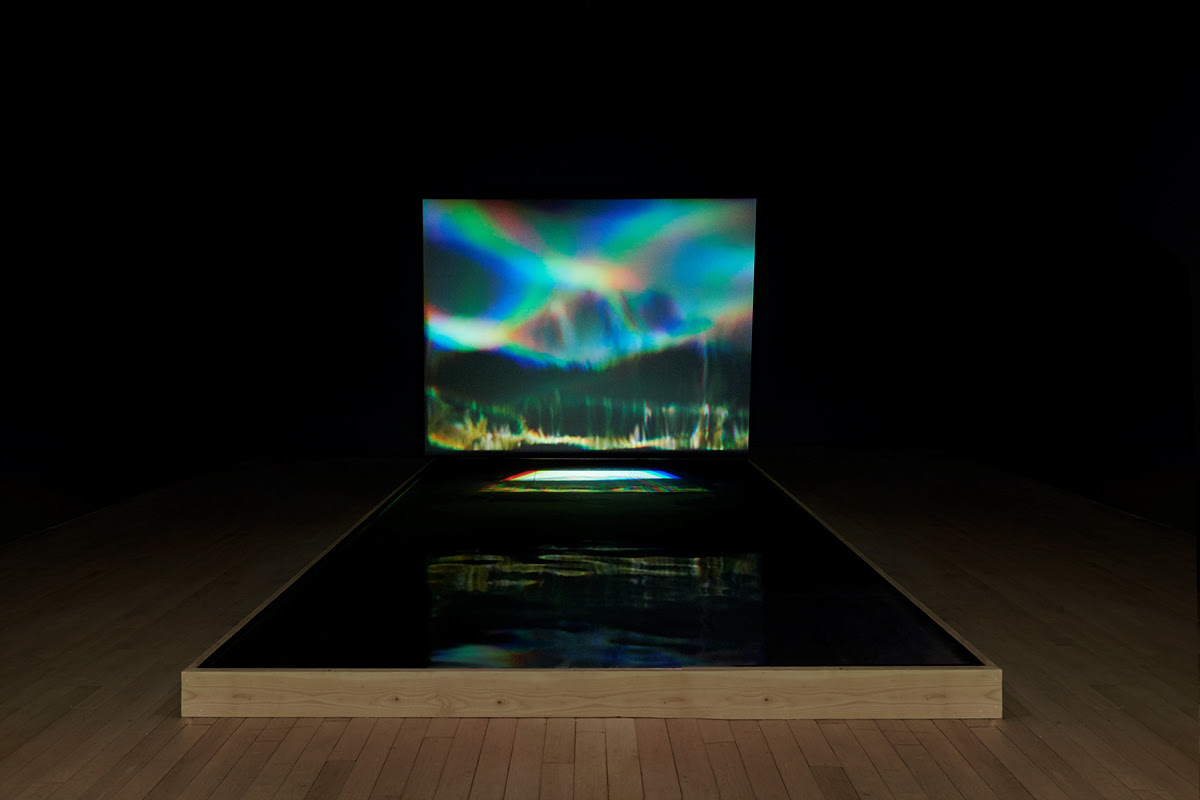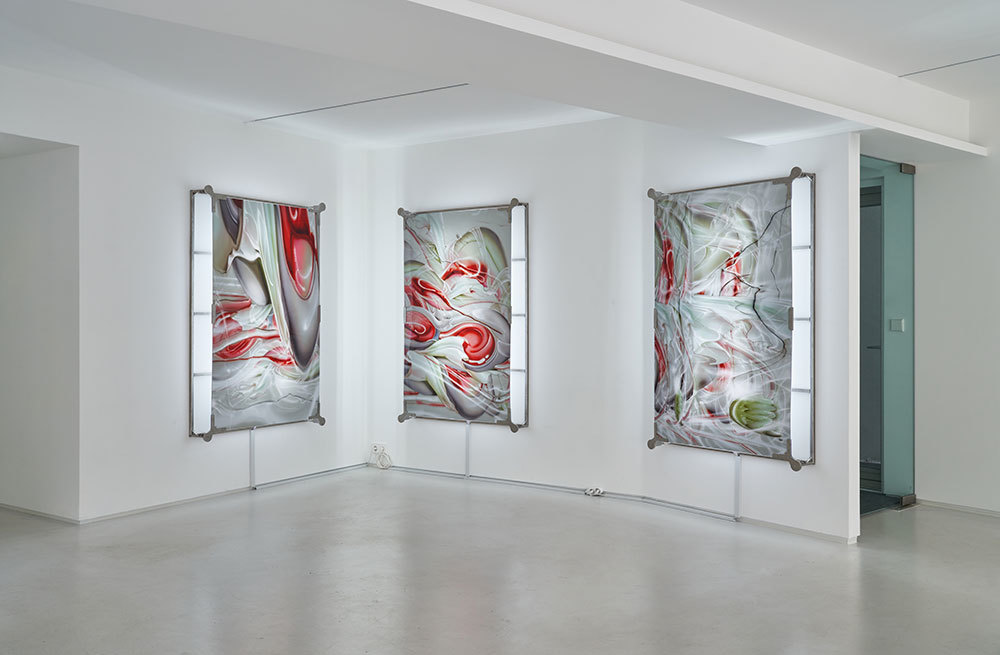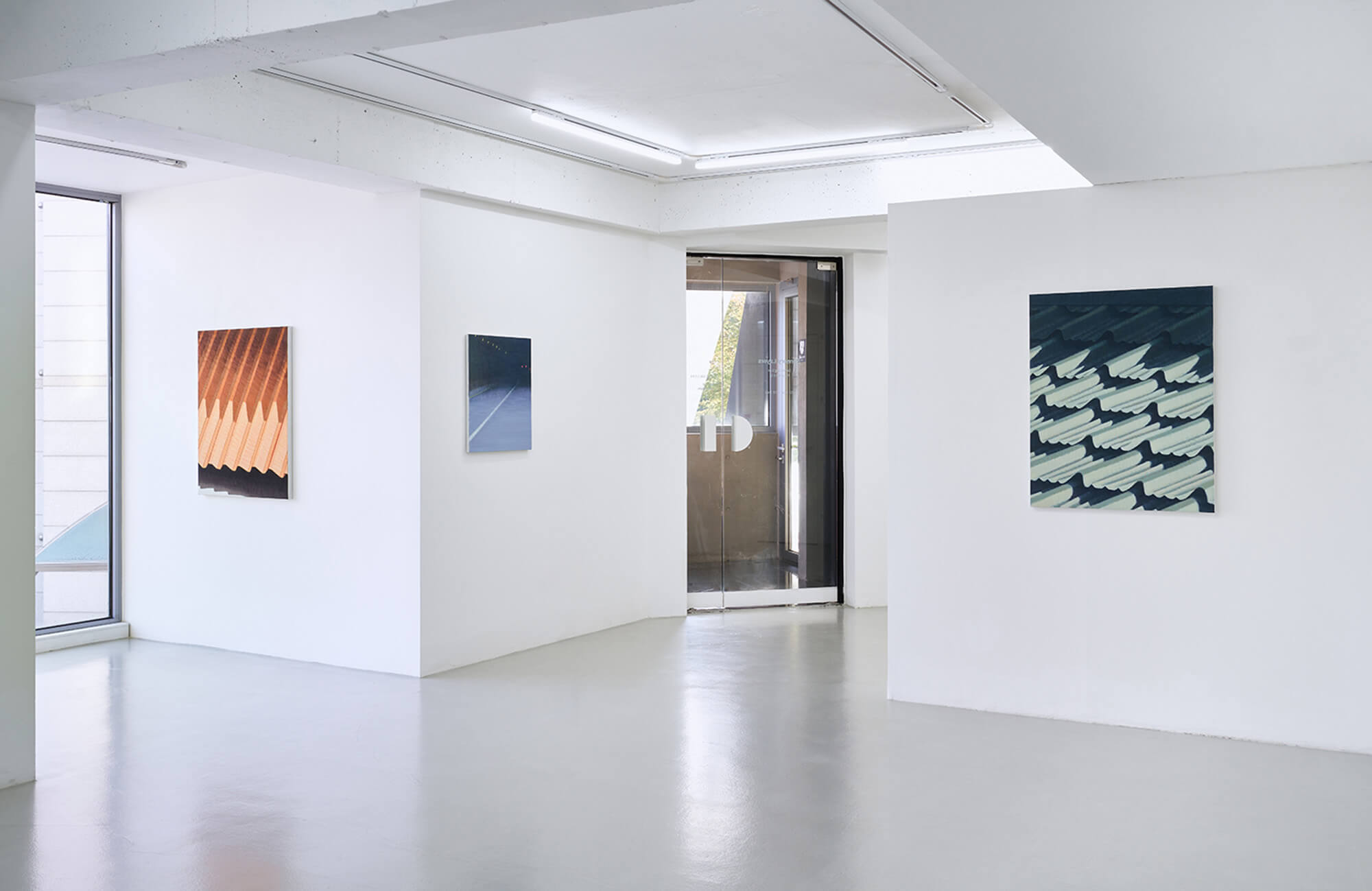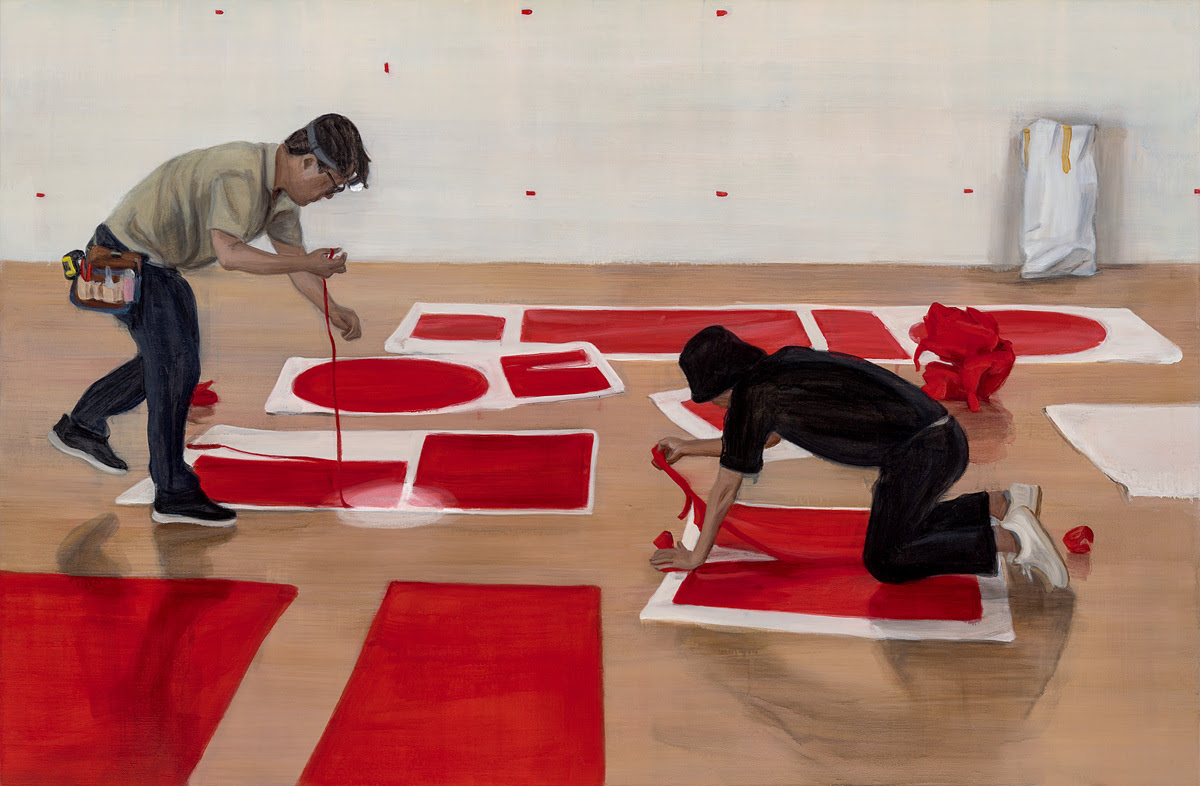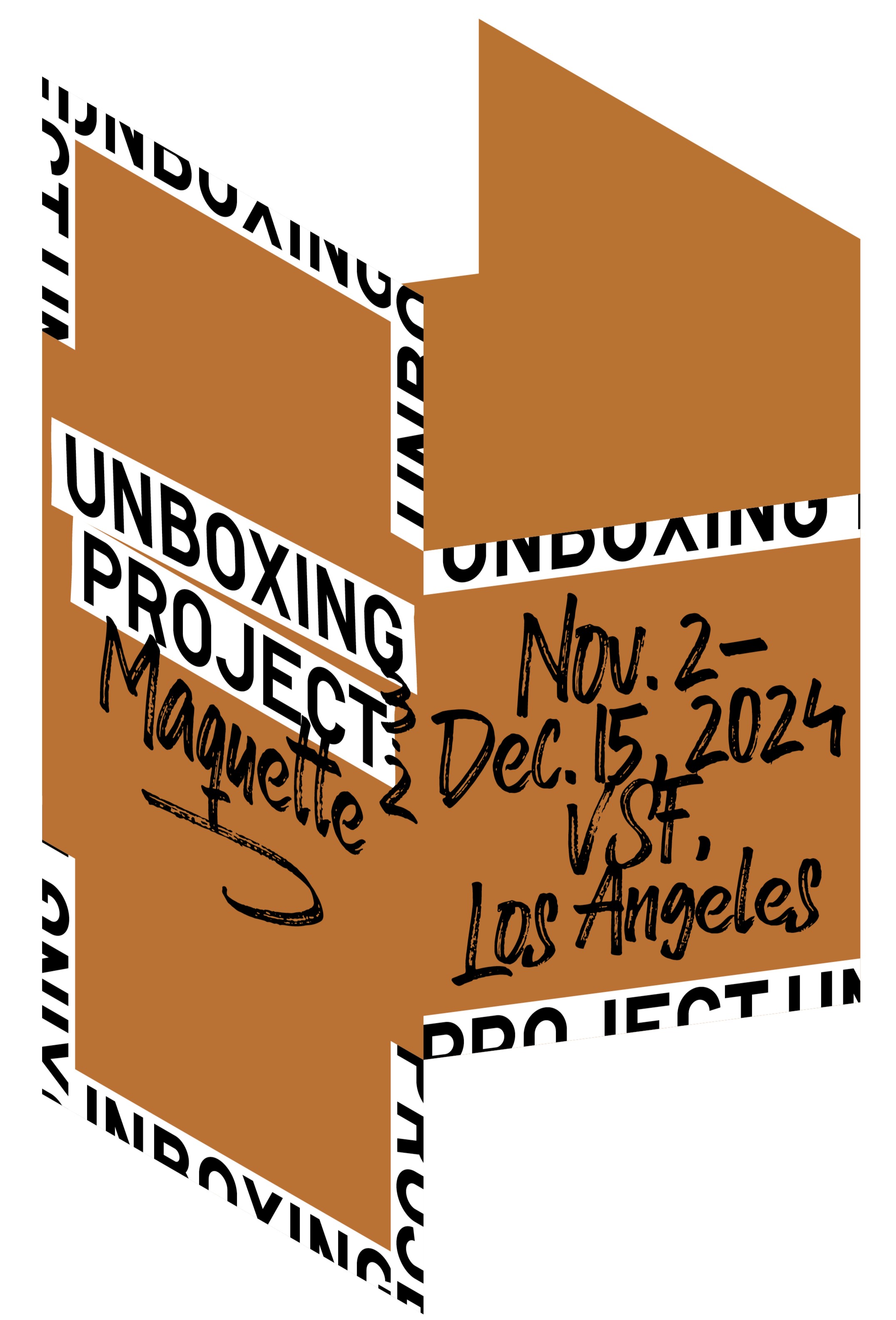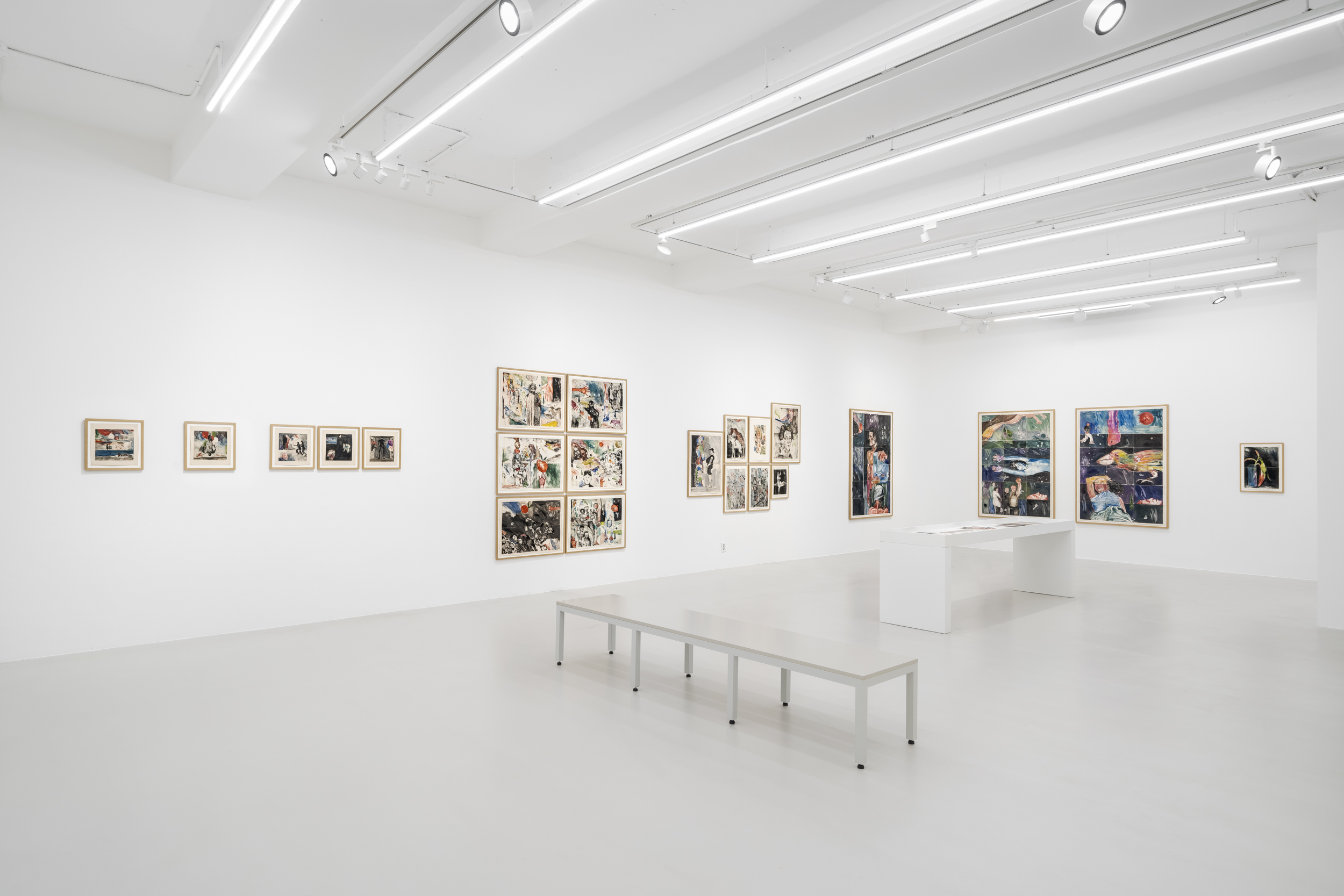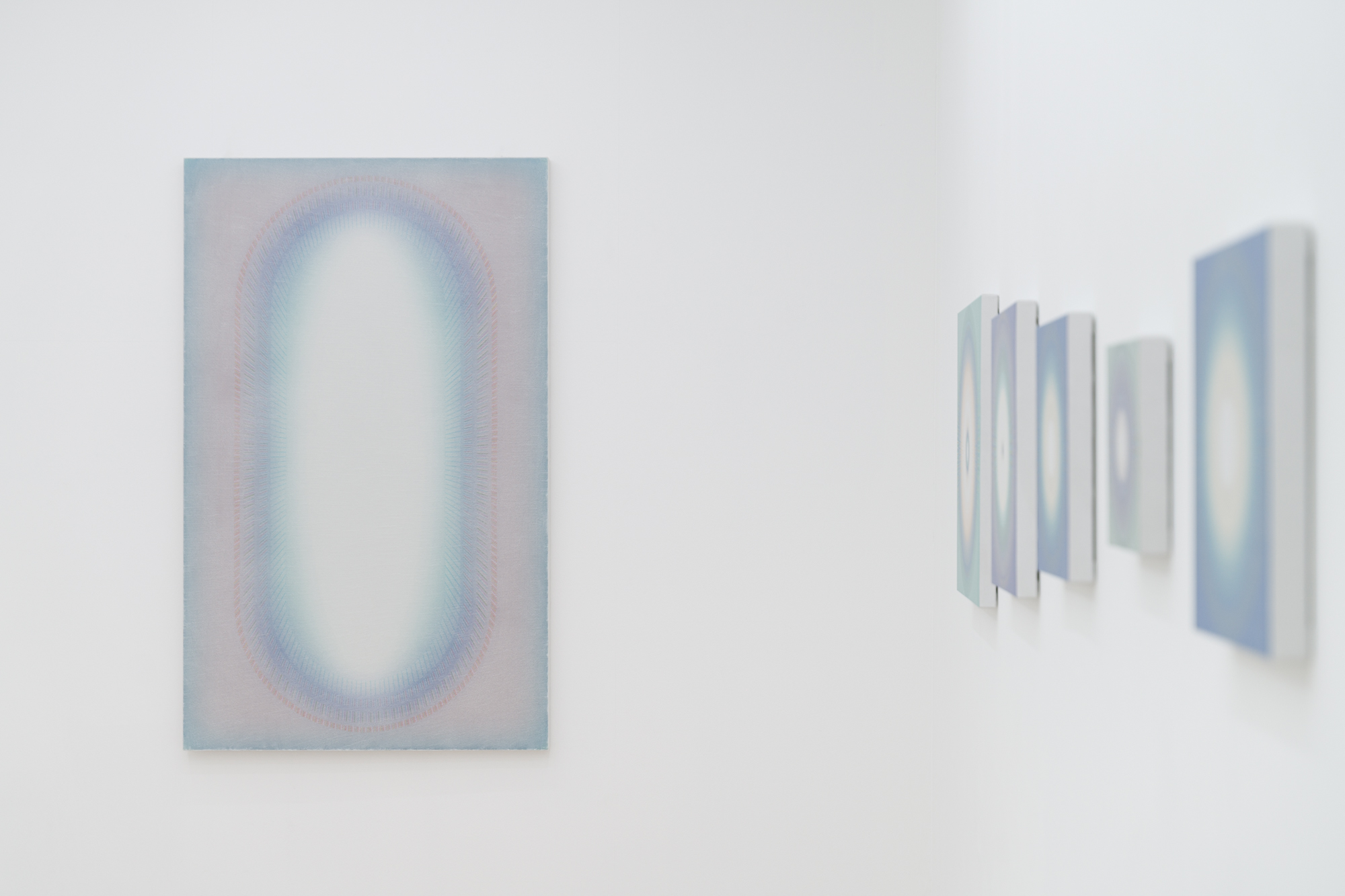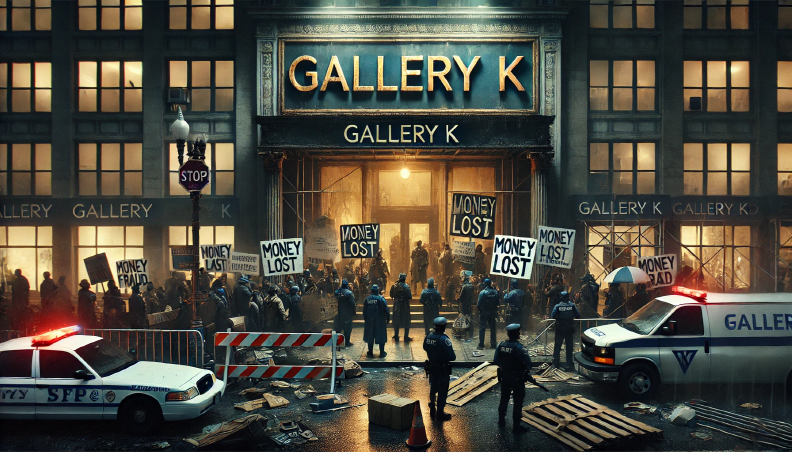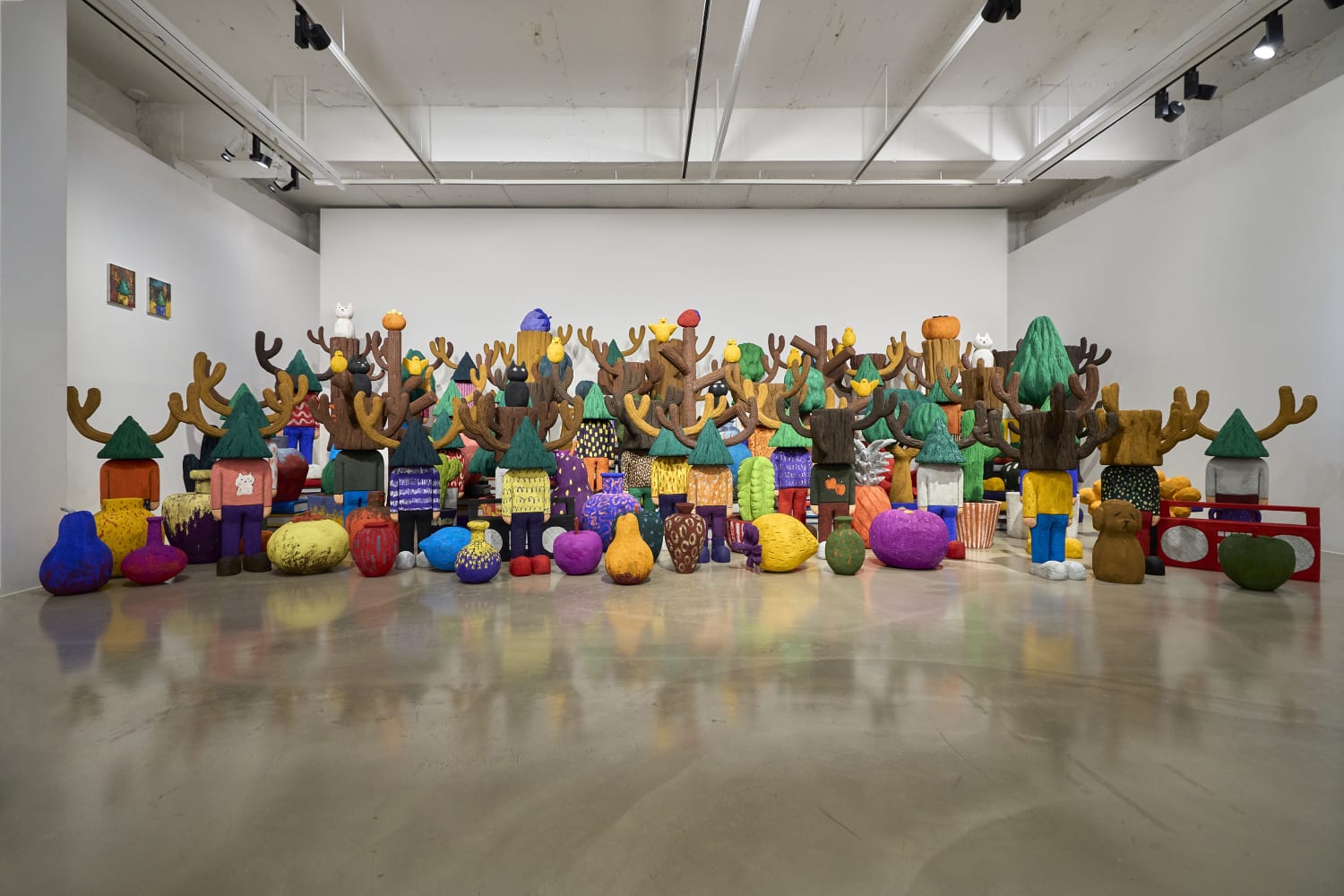 “New Home” Installation view. ©Gallery Baton
“New Home” Installation view. ©Gallery BatonGallery Baton presents “New Home”, a solo exhibition of Yuichi Hirako (b. 1982), through July 13. Hirako deals with the coexistence and interdependent relationship between nature and humans through his original style of depiction, in which metaphors and symbols stand out.
In this exhibition, Hirako manifests his interests and particular subjects in richer expression by organically combining painting with sculpture or installation and selectively applying traits of diverse media.
Born and spent his childhood in Okayama Prefecture of Japan, whose natural environment is outstanding and fertile, Hirako had acknowledged that a dense forest adjacent to his village plays a pivotal role in the whole local ecosystem every flora and fauna relies on, he could naturally pay attention to how urban green areas and indoor plants had developed mainly to comfort people psychologically while studying for a BFA degree in London.
Addressing questions like “Are they destined to be implanted in artificial spaces, be controlled in the basic activity of living, and cease to exist one by one?” his critical awareness of how people treat nature grew into the fundamental theme of his practice. Thus, through his extraordinary visual language, Hirako has consistently insisted that nature is an independent object that deserves respect and fair treatment rather than being a target to overcome or dominate.
The exhibition title, “New Home,” is Hirako’s alternative answer about the ideal universe of the future that would fold later on, as suggested from the human point of view. The perpetual adoption of objects reminiscent of the past century, like a drum, an acoustic guitar, and a flashlight, reminds us of a time when we valued living in harmony with nature and growing and developing within limited resources, emphasizing the accordance with the periodicity of the earth.
An evident tendency of the current world, where nature has become a target of extreme exploitation, is radical faith in scientific rationality and rhetoric. From this biased perspective, even if taking only the appearance of hybrid characters into account, the practice by Hirako seems surreal and uncanny enough.
From such a point, ironically, Yuichi Hirako points out and re-enlightens us with a witty but sometimes stern voice that we are amid the present epoch when the history of tacit coexistence between nature and human beings maintained over numerous years is under-estimated as abnormal or regression.



